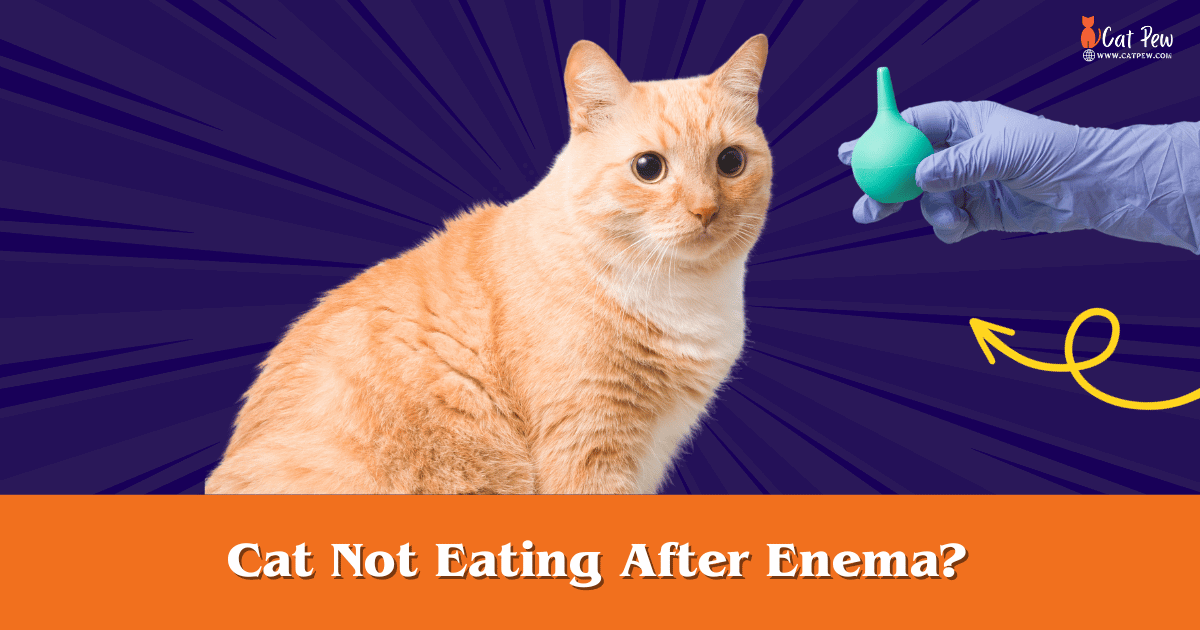Cat Not Eating After Enema?
Cat not eating after an enema could be due to nausea or discomfort caused by the procedure.
Understanding The Role Of Enemas In Cats
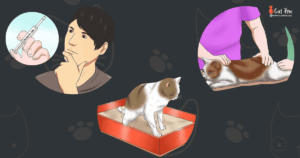
Understanding the Role of Enemas in Cats can help explain why a cat may not eat after this procedure. A loss of appetite is common and understanding the reasons behind it can help alleviate concerns and provide appropriate care for the cat.
Explanation Of The Concept And Purpose Of Enemas In Cats
An enema is a common veterinary procedure used to help cats who are experiencing constipation or have impacted feces. This involves the administration of a liquid solution into the rectum, which helps soften the stool and facilitate its passage. Enemas can be a vital tool in providing relief for cats struggling with gastrointestinal issues, and understanding their role is crucial for cat owners.
Brief Overview Of How Enemas Work To Relieve Constipation Or Remove Impacted Feces
Enemas work by introducing a liquid solution into the rectum, which helps to soften the stool and stimulate bowel movements. The solution typically contains ingredients such as mineral oil, warm water, or saline. These substances help to lubricate the intestinal walls, making it easier for the stool to pass through.
Additionally, the liquid solution of an enema can also stimulate the natural contraction of the intestines, which can aid in moving the stool along the digestive tract. By promoting bowel movements, enemas can effectively relieve constipation and dislodge impacted feces that may be causing discomfort to the cat.
It’s important to note that enemas should always be administered by a qualified veterinarian, as they require proper technique and knowledge. Attempting to administer an enema at home can be risky and may cause harm to your cat. Always seek professional advice and guidance when it comes to treating your cat’s gastrointestinal issues.
Potential Side Effects Of Enemas On Cats’ Appetite
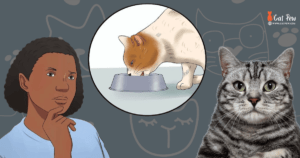
An enema is a common veterinary procedure that helps to relieve constipation and clear the digestive system of a cat. While it can provide much-needed relief, it’s essential to be aware of the potential side effects that enemas may have on a cat’s appetite. This article will explore the impact of enemas on cats’ digestive systems and appetite, as well as common reasons why cats may not eat after receiving an enema.
Impact Of Enemas On Cats’ Digestive System And Appetite
Enemas can have a significant impact on a cat’s digestive system, which, in turn, can affect their appetite. The procedure involves the introduction of fluid into the rectum, which helps to soften and remove any impacted feces. While this can provide immediate relief, it can also disrupt the delicate balance of the cat’s digestive system.
The act of administering an enema can cause physical discomfort for the cat as well. The rectal stimulation and increased pressure can result in inflammation and irritation of the tissues surrounding the rectum. This discomfort can contribute to a loss of appetite in cats, as they may associate eating with discomfort or pain.
Common Reasons Why Cats May Not Eat After Receiving An Enema
There are several common reasons why cats may experience a decreased appetite after receiving an enema. Understanding these reasons can help pet owners address the issue effectively:
- Stress and Anxiety: Cats may become stressed or anxious during the enema procedure, especially if they are not accustomed to being handled in such a manner. These feelings of stress can persist even after the procedure is done and cause a temporary loss of appetite.
- Pain and Discomfort: As mentioned earlier, the physical discomfort caused by the enema process can deter a cat from eating. Inflammation and irritation in the rectal area may persist for some time, making eating uncomfortable.
- Change in Gut Flora: Enemas can disrupt the natural balance of bacteria in a cat’s digestive system. This change in gut flora may lead to digestive upset, resulting in a decreased appetite.
- Medication: In some cases, veterinarians may prescribe medications alongside an enema to help with the underlying cause of constipation. These medications may have appetite-suppressing side effects.
It’s important to note that a temporary decrease in appetite is generally not a cause for immediate concern. However, if a cat refuses to eat for more than 24 hours or shows signs of distress, it is crucial to consult with a veterinarian.
Stress And Anxiety As Culprits For Decreased Appetite
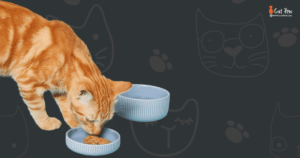
Stress and anxiety can lead to decreased appetite in cats, causing them to not eat even after an enema procedure. It is important to address and manage these underlying emotional factors to ensure the cat’s health and well-being.
Exploring The Connection Between Stress And Appetite In Cats
Stress and anxiety can have a profound impact on a cat’s overall health, including their appetite. Cats are known to be sensitive creatures, and any disruption to their daily routine or environment can trigger stress. One common situation where stress can lead to a decrease in appetite is after a cat receives an enema.
How The Stress Of Receiving An Enema Can Lead To A Loss Of Appetite In Cats
Receiving an enema can be a stressful experience for cats. The unfamiliar smells, sounds, and sensations can be overwhelming, causing anxiety and fear. This emotional response can directly affect their appetite, as stress hormones released during these moments can inhibit hunger and digestion.
When a cat is stressed, their body enters a fight-or-flight response, redirecting resources away from activities like eating and towards immediate survival. This natural physiological response evolved as a survival mechanism for wild cats, but in a domestic setting, it can interfere with normal eating behaviors.
Furthermore, the discomfort and pain associated with constipation, which often necessitates an enema, can also contribute to a decrease in appetite. The discomfort may make it difficult for the cat to associate eating with relief, leading to a loss of interest in food.
Additionally, the cat may also develop an aversion to anything associated with the enema procedure, including their food. This conditioned response happens when the cat associates the stress and discomfort of the enema with the smell or taste of particular foods. As a result, the cat may refuse to eat their regular meals, further exacerbating the appetite issues.
It is crucial to recognize and address this stress and anxiety to restore the cat’s appetite and overall well-being. Providing a calm and familiar environment, offering tasty and enticing food options, and ensuring plenty of opportunities for mental and physical stimulation can help alleviate stress and encourage eating.
| Signs of Stress in Cats: | Ways to Alleviate Stress: |
|---|---|
|
|
By understanding the relationship between stress and appetite in cats, we can take proactive steps to support their well-being after a stressful event like an enema. Remember, patience and a peaceful environment can go a long way in helping your furball regain their appetite and bounce back to their happy and healthy selves.
Anal Discomfort And Pain After An Enema
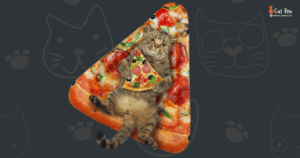
When a cat undergoes an enema procedure, the aim is to relieve constipation or clear the colon of any blockages. Although this may be necessary for the feline’s well-being, it is not uncommon for cats to experience anal discomfort and pain in the aftermath. This discomfort can have a significant impact on their willingness to eat, leading to concerns for both the cat’s health and the pet owner’s peace of mind. In this article, we will explore how anal discomfort can affect a cat’s willingness to eat and discuss some possible reasons behind the pain and discomfort experienced by cats after an enema.
Discussion Of How Anal Discomfort Can Affect A Cat’s Willingness To Eat
Anal discomfort resulting from an enema can greatly influence a cat’s eating habits. The feline may experience pain, soreness, or irritation in the anal area, which can make them reluctant to engage in activities such as grooming, defecating, or even eating. The discomfort may also cause anxiety or stress, leading to a loss of appetite. Just as humans would avoid eating when experiencing physical distress, cats may likewise refuse food as a way to cope with their discomfort.
Furthermore, the Association for Pet Obesity Prevention reports that pain or discomfort can decrease a cat’s motivation to eat, leading to a decrease in food intake. Cats have a delicate relationship with food, as their sense of smell plays a crucial role in their appetite stimulation. Therefore, any pain or discomfort in the anal area resulting from an enema may cause the cat to associate eating with discomfort, resulting in a reduced desire to consume food.
Possible Reasons Behind The Pain And Discomfort Experienced By Cats After An Enema
There are several potential reasons behind the pain and discomfort experienced by cats after an enema. It is important to note that each cat is unique, and their reaction to the procedure may vary. However, some common factors that can contribute to anal discomfort and pain include:
- Inflammation: Enemas can cause temporary inflammation in the anal area, leading to discomfort and pain. The inflammation may occur due to the insertion of the enema tube or the pressure exerted during the procedure.
- Straining: During the enema, a cat may experience the need to strain or push, which can cause added pressure in the rectal area. This training can result in soreness and discomfort after the procedure.
- Microscopic Tears: In some cases, enemas can cause microscopic tears or abrasions in the delicate tissues of the anal area. These tears can lead to pain and discomfort and may take some time to heal.
- Muscle Spasms: The muscles in the anal area may undergo spasms during or after the enema, causing a sense of discomfort or pain for the cat. These muscle spasms can be triggered by the stimulation of the enema solution or the manipulation of the anal region.
It is worth mentioning that the severity and duration of anal discomfort can vary depending on the individual cat and the specific circumstances surrounding the enema procedure. If a cat continues to show signs of pain or discomfort, it is essential to consult with a veterinarian to ensure proper care and relief.
Negative Association With Food And The Enema Experience
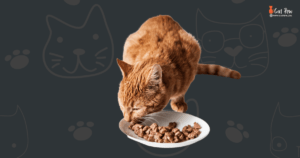
After undergoing an enema, cats may develop a negative association with food, leading to a lack of appetite. This can be concerning, but it’s important to monitor their eating habits and consult a veterinarian if necessary.
Explanation Of How Cats Can Develop Negative Associations With Food Due To The Enema Process
Cats, just like humans, can develop negative associations with food after receiving an enema. The enema process can be uncomfortable and stressful for our feline friends, which can lead to a loss of appetite and aversion to eating. During an enema, a liquid solution is inserted into the rectum to stimulate bowel movements and alleviate constipation or other digestive issues. This procedure can cause discomfort and unfamiliar sensations for the cat, making them associate those negative feelings with the food they consumed before the enema.
Strategies To Help Cats Overcome Their Aversion To Food After Receiving An Enema
1. Gradual reintroduction:
Instead of offering a full meal immediately after the enema, start with small, frequent meals throughout the day. This can help your cat gradually associate food with positive experiences and reduce any anxiety or aversion they may have developed.
2. Utilize food puzzles:
Food puzzles, such as treat-dispensing toys or puzzle feeders, can make mealtime more engaging and stimulating for your cat. By associating the act of eating with a fun and rewarding activity, your cat may become more willing to eat again.
3. Offer highly palatable food:
After an enema, your cat’s appetite may be decreased, so it’s important to entice them with highly palatable food. Wet food, with its strong aroma and moist texture, can be more appealing to a cat who is experiencing an aversion to food.
4. Gentle encouragement and positive reinforcement:
Provide a calm and comforting environment during mealtime, offering gentle encouragement and praise when your cat shows interest in food. Positive reinforcement can help your cat associate the act of eating with positive experiences, gradually overcoming their aversion. By implementing these strategies and being patient with your furry friend, you can help them overcome their negative association with food after receiving an enema. Remember, it’s essential to consult with your veterinarian for specific guidance tailored to your cat’s individual needs.
Frequently Asked Questions On Cats Not Eating After Enema
What To Expect After Cat Has An Enema?
After a cat has an enema, expect improved bowel movements, relief from constipation, and a reduction in discomfort. The enema helps remove any blockages and stimulates the rectum to empty. Always follow your veterinarian’s instructions for post-enema care and monitor your cat for any signs of continued discomfort or abnormal bowel movements.
What Are The Side Effects Of Enemas In Cats?
Enemas in cats can cause side effects such as discomfort, irritation, and inflammation of the rectum. In rare cases, it can lead to bowel perforation or injury. It is important to consult a veterinarian and follow their instructions carefully to minimize the risks and ensure the well-being of your cat.
What Can I Feed My Cat After An Enema?
After an enema, you can feed your cat a bland diet consisting of boiled chicken or fish, mixed with plain, cooked rice. Make sure to offer small, frequent meals and monitor your cat’s digestive system for any changes or discomfort.
Why Is My Cat Acting Strange After An Enema?
After an enema, your cat may be acting strange due to discomfort or stress caused by the procedure. Cats may experience temporary changes in behavior, such as increased restlessness or hiding. It is best to give your cat some time to relax and monitor their behavior.
Conclusion
After undergoing an enema, it is not uncommon for cats to experience a loss of appetite. This can be worrying for pet owners, but it is important to remain patient and monitor their behavior closely. Providing a calm and comfortable environment, along with enticing food options, can help encourage their appetite to return.
If the cat continues to have difficulty eating or shows other concerning symptoms, it is best to consult with a veterinarian for further guidance and support. Remember, the recovery process may take time, but with proper care, your furry friend will be back to their normal self soon.

Winston
I'm Winston, the author of this feline-focused (Catpew.com) blog . My love for cats goes back to my childhood, when I spent countless hours playing with my family's tabby, Mittens. This furry friend instilled in me a deep appreciation for the unique personalities, playful nature, and unconditional love that cats offer.

